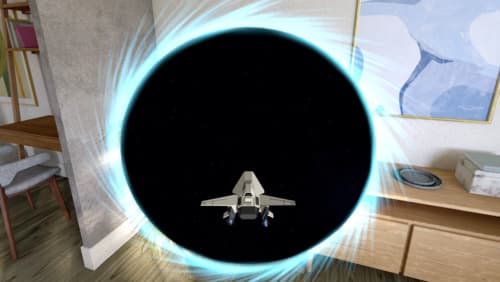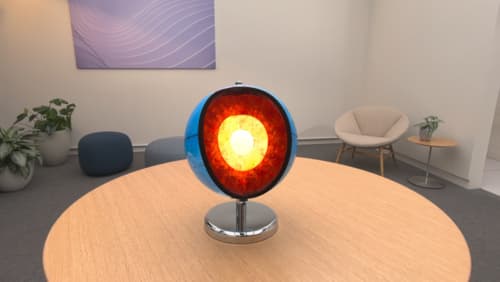how do I instantiate content in RealityKit
Asked on 2024-09-06
1 search
To instantiate content in RealityKit, you can follow these steps as outlined in the session "Explore object tracking for visionOS":
-
Create a New Xcode Project: Start by creating a new Xcode project using the VisionOS app template. This will automatically create a default scene.
-
Use Reality Composer Pro: Open the default scene in Reality Composer Pro. You can delete the default sphere and create an empty transform entity. Add an anchoring component to this entity, which will serve as the container for your object anchor.
-
Object Tracking: Introduce a new target named object for object tracking. Import the reference object generated with CreateML and associate it with your anchoring component.
-
RealityKit APIs: While Reality Composer Pro is used in this example, you can also use RealityKit APIs to create your anchoring component at runtime.
For more detailed guidance, you can refer to the session Explore object tracking for visionOS (09:38).

Discover RealityKit APIs for iOS, macOS and visionOS
Learn how new cross-platform APIs in RealityKit can help you build immersive apps for iOS, macOS, and visionOS. Check out the new hover effects, lights and shadows, and portal crossing features, and view them in action through real examples.

Explore object tracking for visionOS
Find out how you can use object tracking to turn real-world objects into virtual anchors in your visionOS app. Learn how you can build spatial experiences with object tracking from start to finish. Find out how to create a reference object using machine learning in Create ML and attach content relative to your target object in Reality Composer Pro, RealityKit or ARKit APIs.

Build a spatial drawing app with RealityKit
Harness the power of RealityKit through the process of building a spatial drawing app. As you create an eye-catching spatial experience that integrates RealityKit with ARKit and SwiftUI, you’ll explore how resources work in RealityKit and how to use features like low-level mesh and texture APIs to achieve fast updates of the users’ brush strokes.
